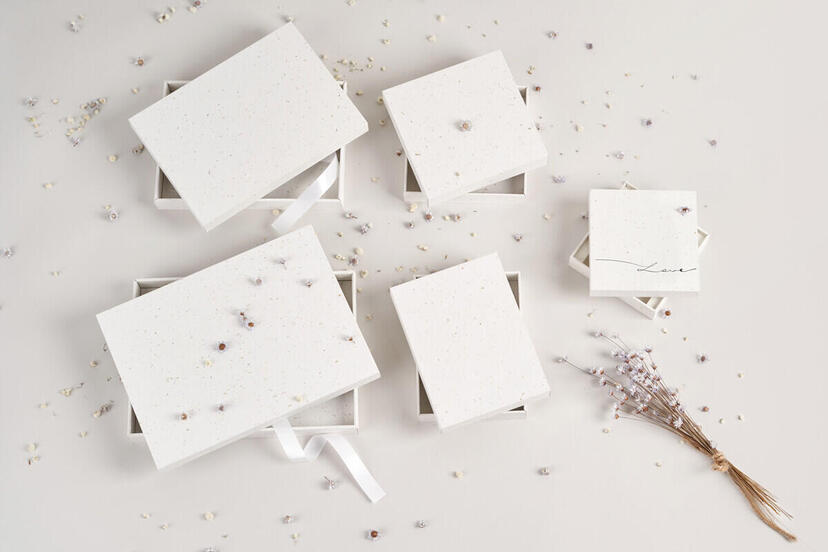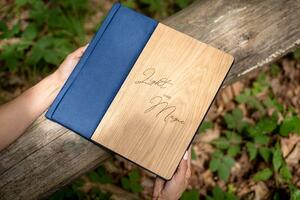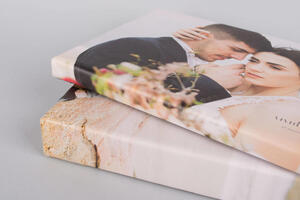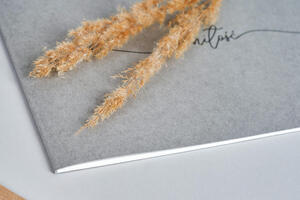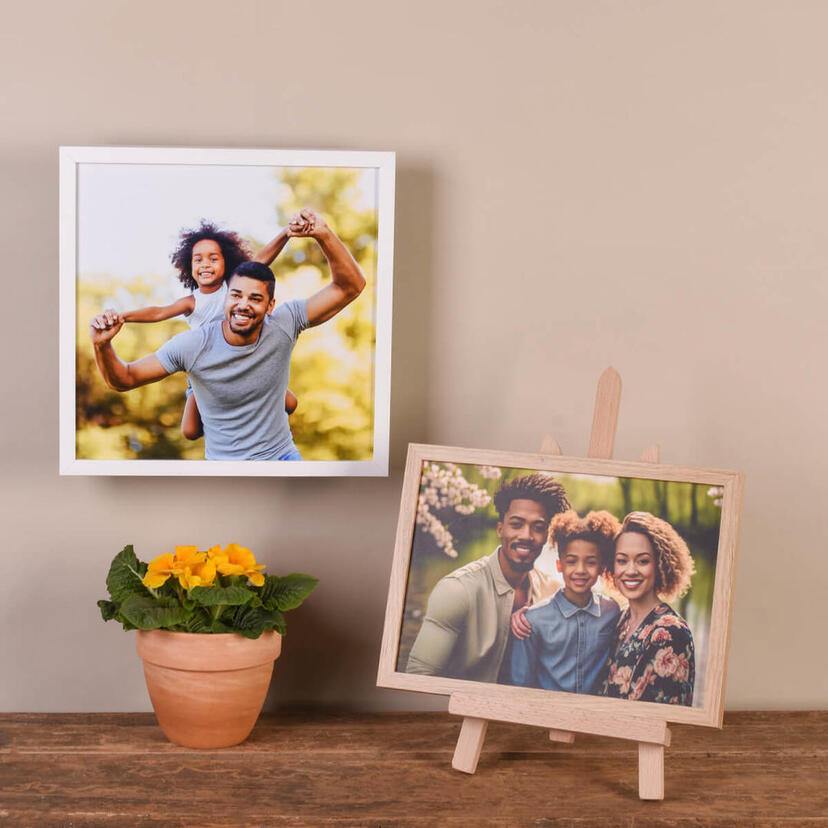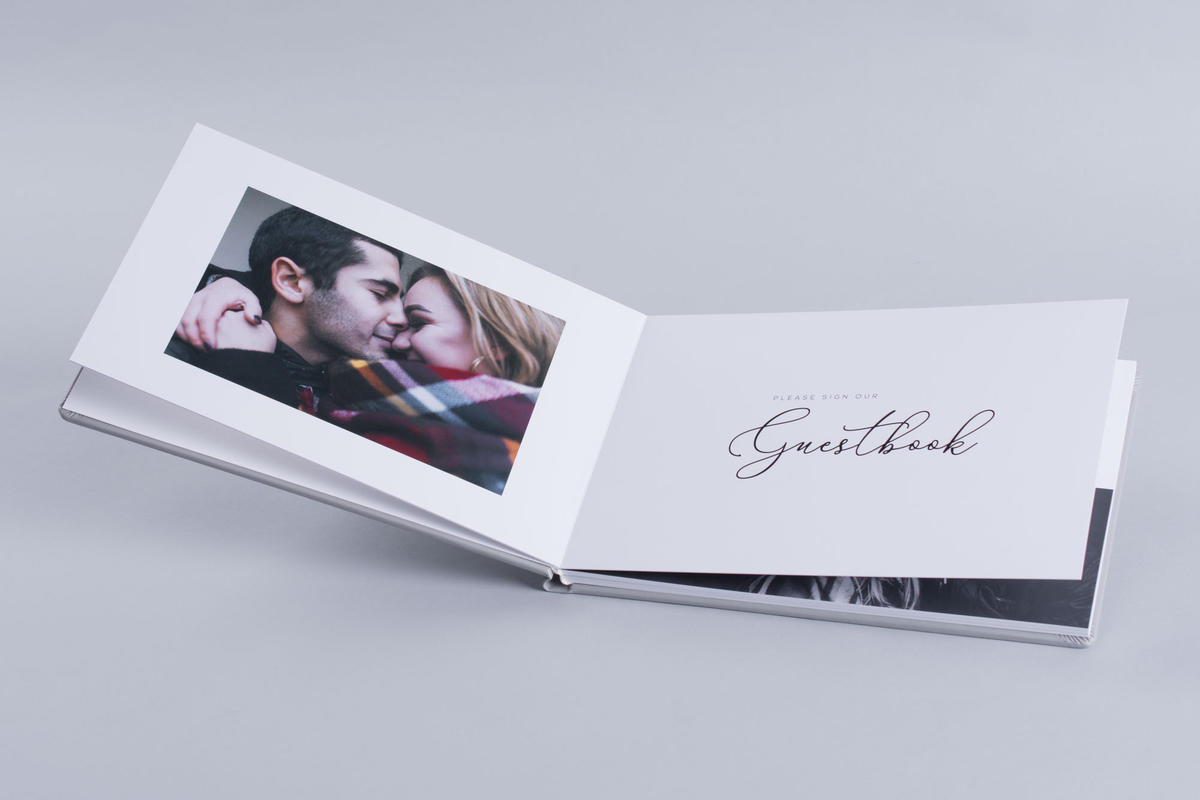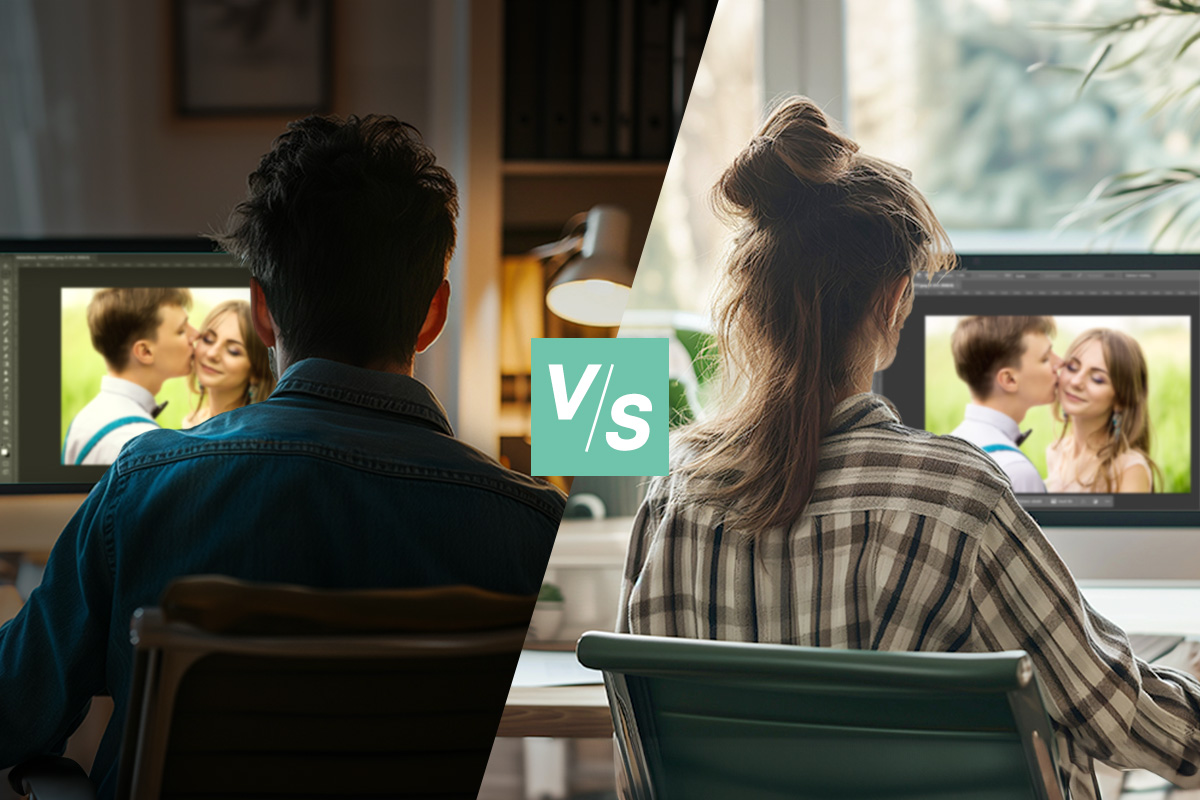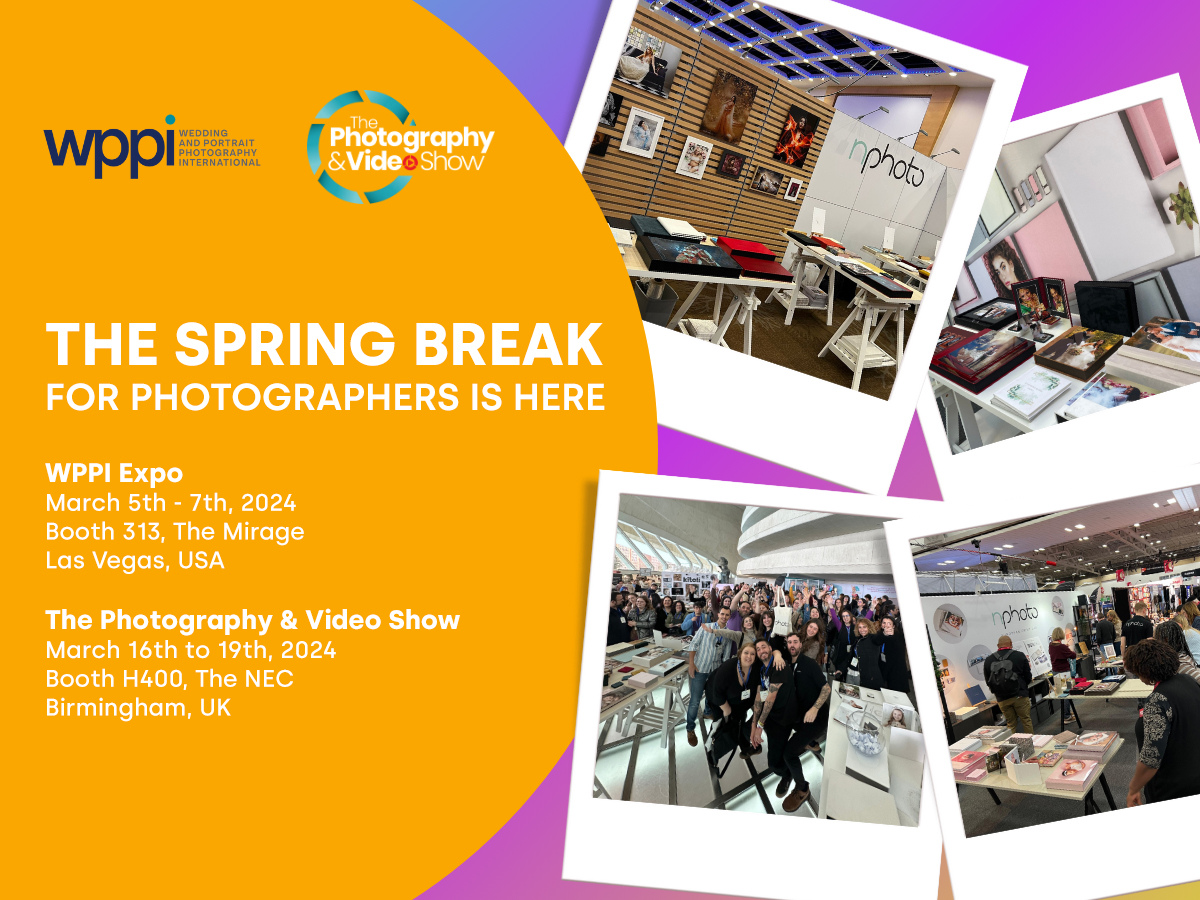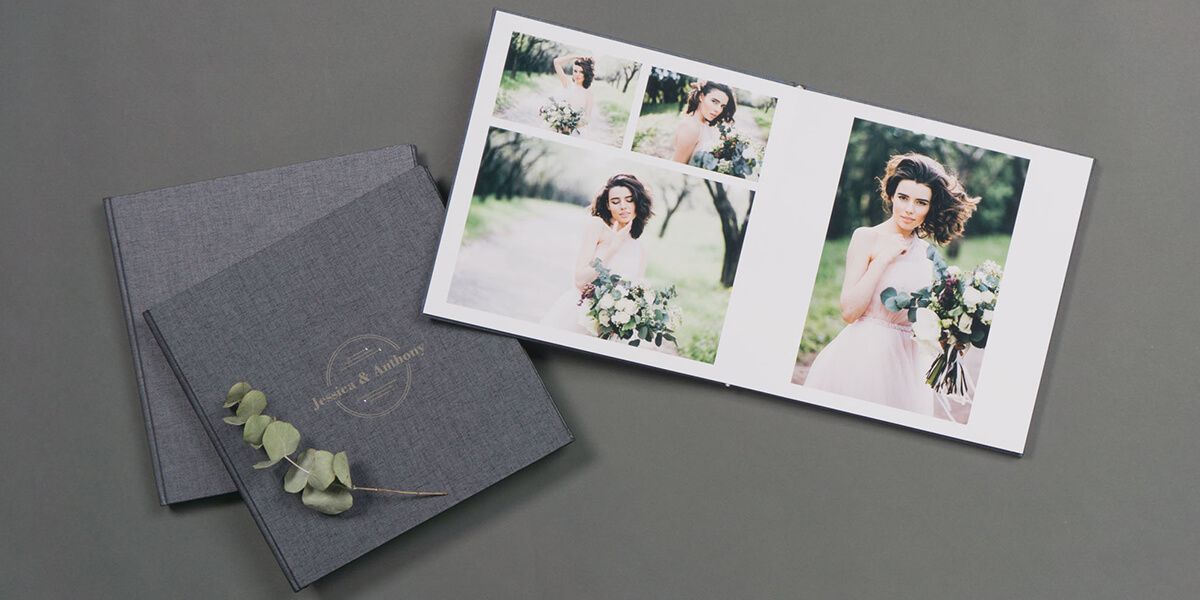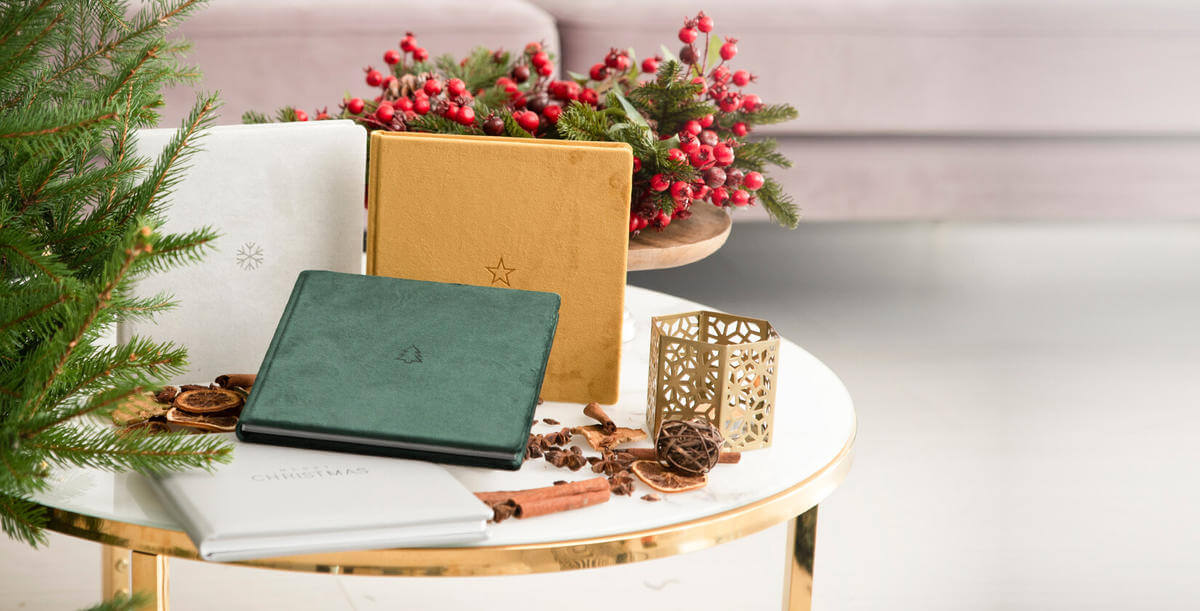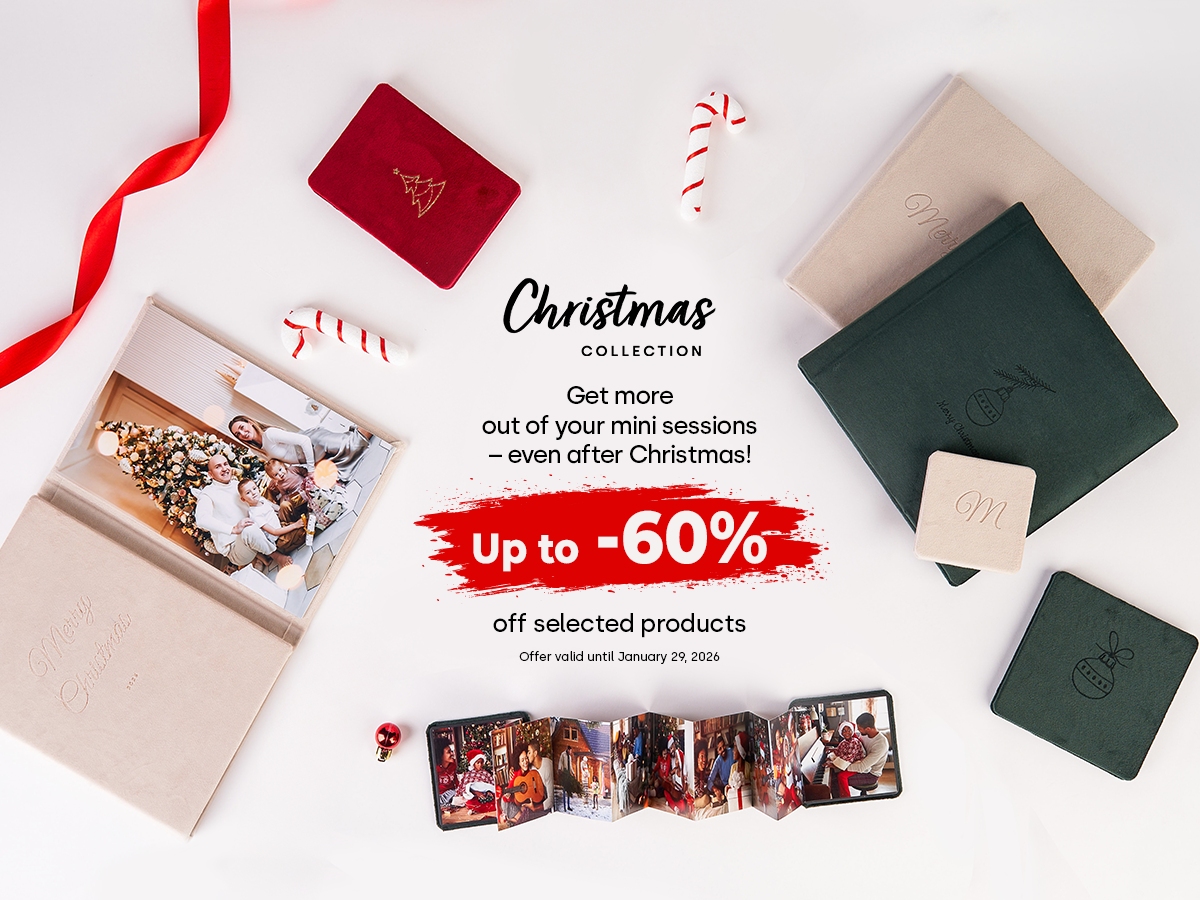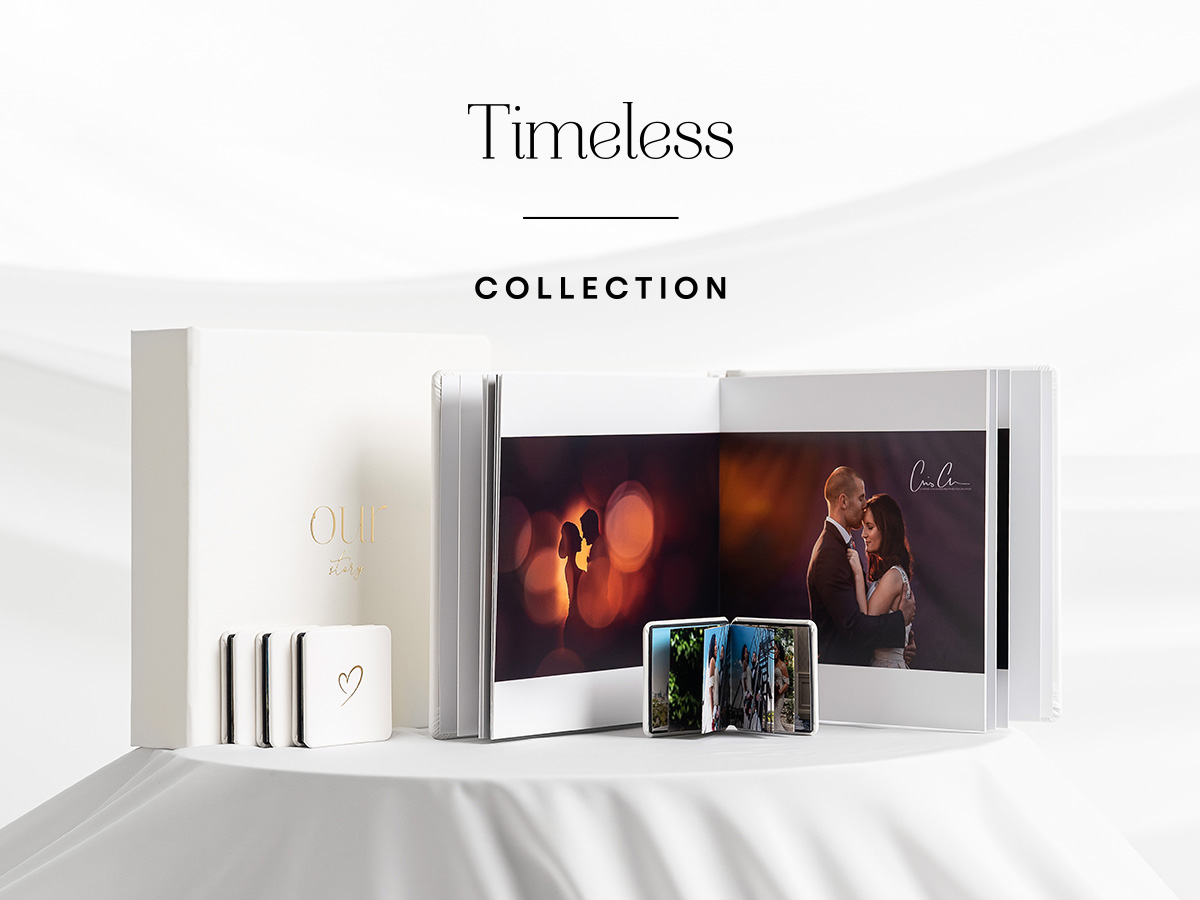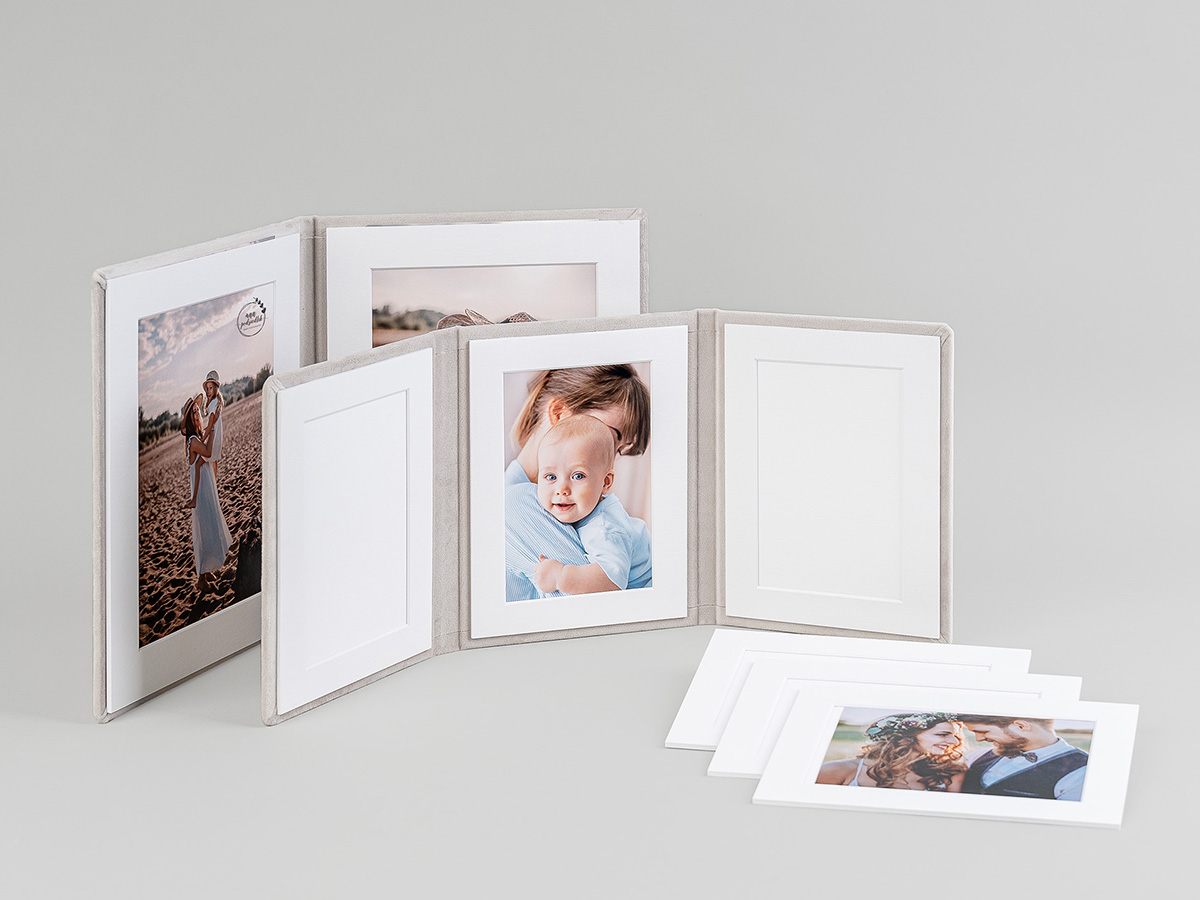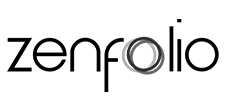
As a photographer, you must have an eye for beauty and nature - and for this reason, you are likely to find the environment to be an important matter. If this is the case, you’ll be happy to know that we pay extra attention to our production process, the materials we use and our waste disposal practices from an environmental perspective. Learn all about it below!
Our most eco-friendly products
More and more products are being introduced to our offer which put an extra focus on being environmentally friendly, or even biodegradable. Our Eco Gift Boxes are shining examples of this. Every once in a while, the Eco Gift Box becomes compatible with yet another product from our collection, gradually providing eco-friendly packaging alternatives to more orders. Currently, this includes the Photo Album, Album set, Prints, DreamPrints, the Triplex, Accordion Mini Book, USB Pendrive, Box for Prints and Pendrive Box. This list is set to expand soon.
Eco Gift Boxes are derived from a paper which includes used coffee grounds in its production process. Their distinct “coffee terrazzo” pattern has already made a lasting impression on many clients, but there’s more to it, for having them in your offer also indirectly tells clients that you care for the environment.
The natural resources that make up our print products
One can compare the manner in which we supply our materials to shopping around in a supermarket. We aim to find the least “processed” options, knowing that they are both healthier and better for the environment. We strive for our products to have a short “ingredient list.” For instance:
- Softcover Photobooks possess Oeko-Tex & FSC certificates, and are made using elastic cellulose fibers.
- Our Canvas’ frames are made with pinewood.
- Photo Albums have recently been enhanced with the introduction of the oakwood cover finish.
Are nPhoto’s materials eco-friendly?
Yes. Let’s take eco-leathers, or leatherettes for instance. Not requiring animals for their manufacturing process might be the first thing that comes to mind, but there’s more to it than that.
Our leatherettes are created using polyurethane, which is regarded as friendlier to the environment when compared to alternatives such as PVC. Its refining process is also less harmful, and the resulting product is more biodegradable.
Print frames also serve as an example of a biodegradable and environmentally friendly component.
Even some of our paper options possess FSC certificates - Arctic Matte being one. Meanwhile, the production process involved in the creation of Mohawk Eggshell paper is done using green energy, sourced from wind power which doesn’t contribute to carbon emissions.
Printing Technology
For a considerable portion of our “larger” products, we tend to use eco-solvent printing technologies, which involve the use of organic materials.
An advantage of using eco-solvent ink is its greater resistance to different types of exposure, such as sun damage. This contributes to the longevity of our products and to their application as wall decor, even in brightly lit rooms.
On waste segregation
Everyone segregates waste nowadays, ending it at that would be like saying nothing at all. Our production process however, goes through greater lengths to ensure that this happens in a precise and professional manner. So, how does this look in practice?
We segregate our waste into 40 different categories. A new waste report sheet is created and filled out daily. In formal terms, we’re signed into BDO, a state-run system dedicated to keeping track of appropriate waste, product and packaging disposal. Additionally, our production runs an annual report, which informs us on the total amount of packaging used in shipping.
Having various forms of production means having varying amounts of emissions being created, depending on the process. This is why we actively monitor such emission levels and minimise them accordingly. These levels are frequently audited by third parties such as KOBIZE, a subset of our national environmental protection institute, that is specialised in managing emission levels. Our scale of environmental exploitation is kept transparent, through regular reports sent to the local government.
The disposal process itself is left to the professionals; we only work with certified companies which specialise in the collection and utilisation of waste.
Promoting creative recycling methods
The most important element of the shipping process is minimising the risk of damage. This means that our packages will almost always contain some excess paper and cardboard on the inside. However, we don’t wish to leave things with a “do what you will” approach when it comes to handling packaging leftovers; we encourage the use of creative recycling methods instead. A growing number of photographers have already taken the initiative to share their ideas on our social media channels, with repurposed, hand-made packaging intended for other orders, cardboard mulching and more. If you have any ideas of your own, we’d love to see them too!
